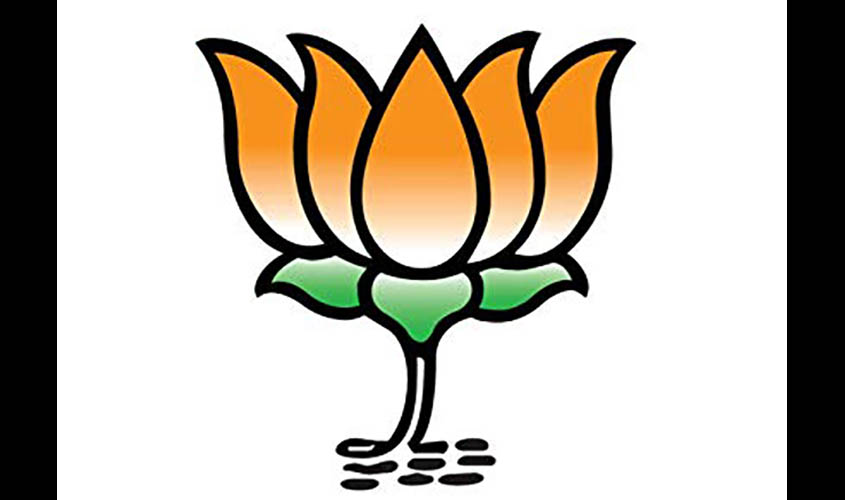According to Vijay Goel, exploring new political equations is crucial for the BJP to win the 2019 elections.
NEW DELHI: As the Bharatiya Janata Party (BJP) braces for consecutive poll battles in 2019 and 2020 in Delhi, it is exploring a new demographic equation comprising the Poorvanchalis and the Baniya communities. While incumbent Delhi BJP president and Bhojpuri superstar Manoj Tiwari remains the undisputed leader of the Poorvanchalis, it is Vijay Goel, Union minister and a Delhi BJP veteran, who is pitching himself as leader of the Poorvanchali–Baniya combine.
Goel even made his intention clear in the presence of party president Amit Shah and Manoj Tiwari as he addressed party workers in Bhojpuri language, an effective tool by Tiwari to connect to the large population from eastern Uttar Pradesh and Bihar. Goel was addressing BJP booth workers in Delhi on 23 December, and the event was attended by Shah and other BJP leaders.
Goel, who comes from the Baniya community, sought to strike a chord with the dominant Poorvanchali lobby in the party, saying: “Nobody in Delhi could dare cause even a little harm to any Poorvanchali in Delhi as long as Vijay Bhaiya was there.” He reminded his years-long agitation to bring lottery in Delhi to an end and said people living in slums still remembered him for this.
“It fills me with immense joy and pride when I see people
Speaking to The Sunday Guardian, Goel admitted that exploring new political equations at this time was crucial for the BJP as the party is already facing ire of the trading community in wake of demonetisation, implementation of GST and the sealing drive in Delhi. This assumes greater significance in the wake of the Arvind Kejrial-led AAP making inroads in the Baniya vote bank, which has so far been the BJP’s forte. To appease nearly 10% Baniya voters in Delhi, Kejriwal had appointed two leaders—N.D. Gupta and Sushil Gupta from the Baniya community—to the Rajya Sabha. On the other hand, the BJP is confident of securing Poorvanchali votes. Party sources claimed that the Poorvanchalis voted en masse for the BJP in municipal elections in 2017 primarily driven by their connect with Manoj Tiwari who was elected to the Lok Sabha from North East Delhi and later was appointed the Delhi BJP president. However, Goel claims to have influence over the trading community in Delhi and particularly the Chandni Chowk parliamentary constituency.Well-placed sources in BJP claimed that Goel, currently a Rajya Sabha member from Rajasthan, was eyeing a Lok Sabha ticket in 2019 from the Chandni Chowk constituency, essentially to make a comeback in Delhi politics.
The significance of Poorvanchali voters in Delhi can be gauged by the fact that they form nearly 35-40% of votes in the city. In Delhi, there are at least 20 Assembly constituencies or 80 municipal wards where Poorvanchalis constitute 17-47% of the vote share. In the 2015 Delhi Assembly elections, these voters had shifted their loyalty to AAP. All 13 Poorvanchali candidates fielded by AAP won thumping majorities in the 2015 Assembly polls. In the 2013 Assembly polls, BJP had won 14 of these 20 seats, while AAP bagged 6 seats. However, Tiwari did some damage control by bringing Poorvanchali voters back to BJP fold in 2017 municipal elections, winning all three civic bodies.

